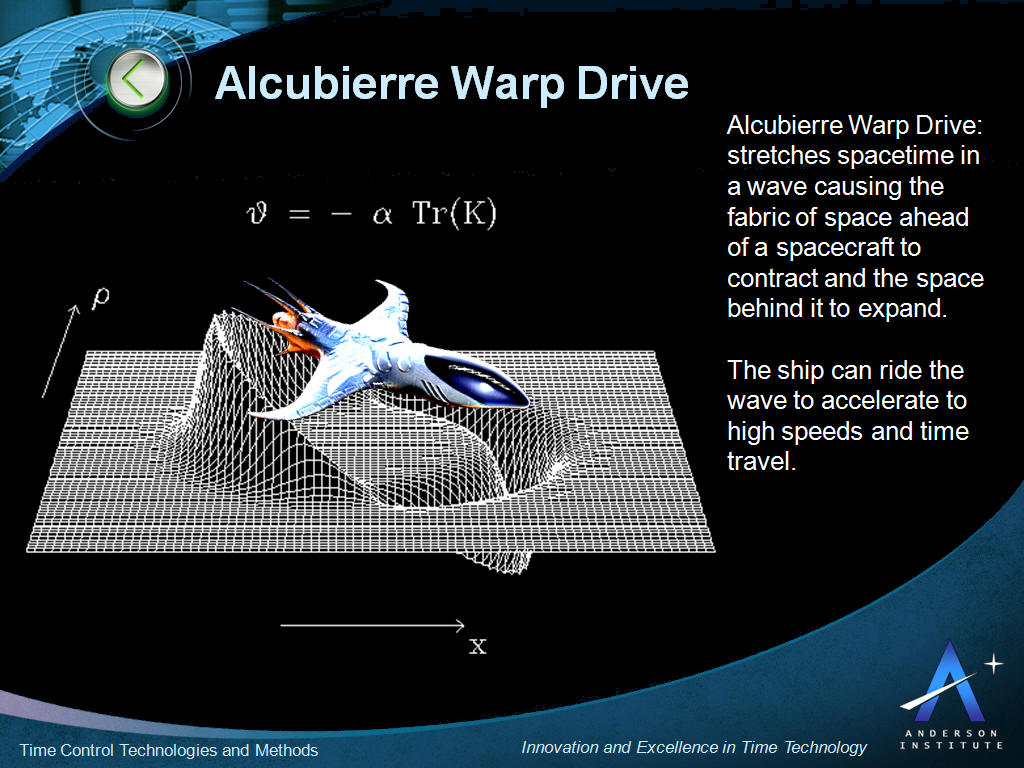Interstellar travel: from point A to point B

By cosmic standards, the human race is very fragile and weak: an increase in temperature by 50 degrees, an increase in ionizing and ultraviolet radiation, the absence of water, a decrease in oxygen in the atmosphere — all this leads to its inevitable death. And there is nothing surprising in the fact that the human mind began to look for the possibility of the existence of other planets with favorable conditions for our life in order to “deploy” a backup to them. However, if the planet is found, the question of transportation remains open. In today's post we will talk about the ways and prospects of interplanetary and interstellar travel.
')
The technologies available to mankind today do not allow spacecraft to reach even the nearest star during one human life. For example, the star closest to the Sun - Proxima Centauri - is located at a distance of 4.2 light years. Alpha Centauri (the nearest star system to us, which includes Proxima Centauri) is 39 trillion km. Modern spacecraft will be able to overcome this distance in 70 thousand years. It becomes clear that none of the people can not overcome such distances. Hence the need to find a new way to go on an interstellar journey.
Space engines today
Scientists are trying to develop new space engine technologies, but none of them, with the exception of the solar sail (described below), have been brought to the level of experimental samples.
Chemical
The only technology developed today is the rocket engine. His simplified scheme is:

Combustion in space is impossible due to the absence of a natural oxidant, because the rocket must be equipped with it along with the fuel. But, unfortunately, the efficiency of chemical rocket engines is extremely low (compared to other technologies), so this “engine” is no good for interstellar flights.
Nuclear
One of the most close-to-reality projects in this area is the Orion, a manned spacecraft project for long-range space missions. The project created two options: the first starship would have a total mass of about 40,000,000 tons and would reach Alpha Centauri in 1800 years. Accordingly, he was conceived as a “ship of generations”. The second weighed about 400,000 tons and theoretically had to get to the point of destination for 130 years. However, the restriction of the payload made the second, more attractive option unsuitable for manned flights.

Antimatter Engine
The essence of this engine is the interaction of matter and antimatter, after which there is an instant mutual annihilation with the release of a huge amount of energy. This energy is enough to reach point B. But even the best theoretically possible engines operating on antimatter will require about ten rail tankers of fuel to accelerate to cruising speed and the same amount to slow down at the destination. And here the question arises: why not work with this technology? The answer is simple: the cost of producing one gram of antimatter will cost tens of billions of dollars . In addition, the storage of antimatter is an unsolved scientific problem, since the antimatter must not contact a single atom of a regular substance for a certain amount of time, otherwise an explosion will occur.
Sunny sail
There are ideas to ensure the movement of spacecraft in which fuel is not used. They are called the solar sail (or light sail, or photon sail). Photons emitted by stars are capable of exerting pressure on physical objects. And if the ship is equipped with a large, ultra-thin and light sail, then the pressure of sunlight will be enough for its movement. In addition, such a sail can be influenced by other sources of radiation, for example, by a high-power laser placed in near-earth orbit, which will be constantly directed to the ship. The catch is that a solar sail the size of Afghanistan is needed to move the shuttle.

Travel problems
The main problem of travel is not even the fuel or the engine, but the amount of time it takes. Without creating technologies of immersing a person in a long state of anabiosis, the stars need not send a ship, but a small planet. However, it is likely that a completely different civilization will arrive at its destination.
However, theoretical physicists do not give up. Moving in space with a speed exceeding the speed of light is impossible due to the fact that the mass of the subject will tend to infinity according to the formula E = mc 2 . However, in accordance with the theory of relativity, the speed of light is maximum inside space-time; changing the space-time itself, you can move with unlimited speed. For example, the expansion of the Universe can occur at a speed far exceeding the speed of light, but the movement inside the Universe itself cannot exceed the speed of light.
Below we describe two ways by which you can theoretically “cut off” the road and be in the right place and time.
Short road to the stars
The first way: through the wormhole
This method is based on the assumption that there are “loopholes” in space, the existence of which was proved by Einstein and Rosen in 1935. Lovers of fiction, these loopholes are known by the terms "space-time tunnels", "wormholes", "wormholes" and so on. These tunnels connect two points in the space-time continuum. They allow you to move from point A to point B.
Even if people someday can create a scientific and instrumental method of detecting space-time tunnels, and if their existence is confirmed experimentally, then modern science does not even imagine theoretically what point in our Universe this rabbit hole will lead to.
The idea of moving with the help of such a tunnel attracts theoretical physicists not only as a way to get to the stars during the life of a single generation, but also as a scientific and practical trick to circumvent the theoretical impossibility of time travel. Of course, the space-time tunnel cannot be a full-fledged time machine, since the traveler cannot choose the time in which he will leave at the other end of the tunnel. However, science still cannot offer other possibilities.
What do wormholes look like? They are invisible to humans and the instruments at our disposal, since they do not emit in any known range. But, let's say, humanity made one of the greatest discoveries in the history of the basic sciences and discovered the entrance to the wormhole. How to use it? Alas, a ship of any materials known to science today is theoretically incapable of traveling through a space-time tunnel — presumably, the entry of such an object into the wormhole will lead to its collapse. In 1988, the American physicist Kip Thorne hypothesized that “exotic matter” is necessary for traveling through a space-time tunnel. Under such a frivolous name, physicists imply matter having “exotic” properties: for example, it is assumed that the role of a tunnel stabilizer can be performed by matter with a negative mass and by its energy density.
In addition to the shell, science needs to solve such a complicated task as preventing the exit from blocking the tunnel while the hypothetical ship is inside it. The fact is that a moving object will create a gravitational wave inside the tunnel, distorting the space, which can lead to premature closure of the exit from the tunnel. And this means that everything that will be inside this moment will simply disappear from our Universe.

Second way: in Alcubierre Bubble
In 1994, theoretical physicist Miguel Alcubierre proposed to bypass the speed limit of light, focusing not on the movement of man, but on the movement of part of the space itself. For this, it is necessary to create a space-time bubble around the spacecraft, which will exist independently of the rest of the universe.
The method of displacement in space proposed by the physicist is the idea of compressing the space in front of the ship and stretching behind it. On the compression boundary, a so-called wave is formed, which the hypothetical ship must ride. This wave moves in space not the ship itself, but a certain limited amount of undistorted space. In fact, a kind of spatial bubble is created around the ship, whose boundaries are formed by the described distortions of the very matter of space.
Thus, despite the fact that inside the bubble itself the light will always move faster than the ship, the bubble itself will move through ordinary space faster than light. Considering the fact that the ship does not move formally inside the bubble, there will be no overload during acceleration and deceleration.
Alas, the possibility of creating such a technology is also associated with the use of exotic matter. And even if science can (for example, due to the Casimir effect ) realize an engine in the metal that can distort space, then a huge amount of energy will be required to move an object like a spacecraft.

Conclusion
In order to create the technology of interstellar flights in the next 50-100 years, the best scientists need to systematically conduct scientific research, research and development work on a variety of propulsion options. The fact is that to this day no one can say which direction to go in order to create an “interstellar” engine. It is possible that one of the directions presented in this review will allow humanity to equip an expedition to the stars in the next century.
Most technologies today are practically not close to the technical implementation of all the ideas put forward by theoretical physicists, therefore it is unlikely that they will be able to reach the stars in the near future, and especially with the help of wormholes or Alcubierre bubble.
Non-lyrical retreat
Why did we decide to publish this post in our blog? Reading the welcome messages of people who come to the Mail.Ru Group, you notice that most of us are interested in the future in one form or another - promising technologies, trends, sci fi, finally. Many of us adore Kubrick's “Space Odyssey,” read and talk hoarsely at futuristic predictions over dinner, and some even make them up themselves. We decided that it would be great to tell the blog about the future from different angles and from different points of view. Any ideas for the following posts? Thoughts on interstellar travel prospects? We are waiting in the comments!
Source: https://habr.com/ru/post/190456/
All Articles